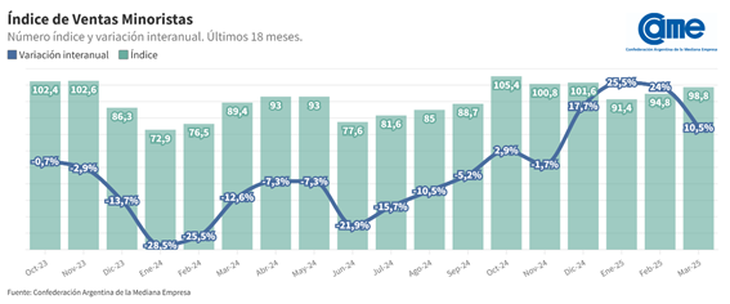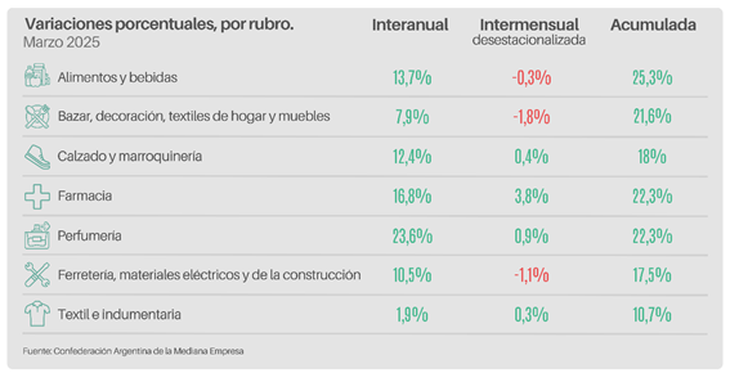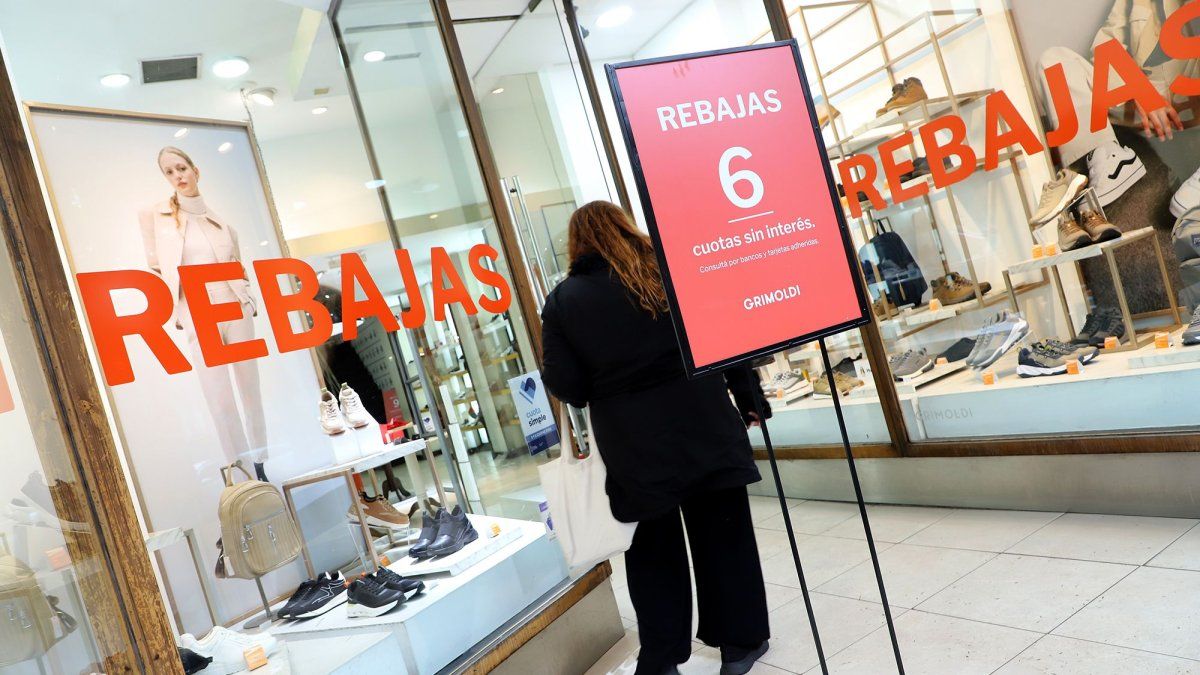Despite this rebound, the improvement is not yet to compensate for the strong falls suffered during 2023, they say from Came.
Retail sales of small and medium enterprises registered in March an increase of 10.5% year -on -year at constant prices. Despite this rebound, The improvement is not yet to compensate for the strong falls suffered for 2023when in the same month sales had fallen by 12.6%, accumulating a setback of 22.1% in the first quarter of that year.
The content you want to access is exclusive to subscribers.
While the balance is positive, Growth was limited by low demand in non -essential items, where consumption remains contained. On the other hand, some seasonal sectors, Like those linked to the beginning of the school cycle, they achieved a slight recovery promoted by specific factors.


In monthly terms and with unionized figures, sales also showed a positive variation, with a slight increase of 0.1% compared to February. With this result, The first quarter of the year closed with accumulated growth of 19.4%.
UNNemed (1) .png

In March, they pointed out from Came, Sales were driven by the closure of the summer season, the beginning of commercial classes and actions such as promotions, installments without interest and discounts. “Many businesses pointed out a slight rebound, although not completely at the expected level for this time. Factors that limit consumption, such as lack of liquidity, increased operating costs and informal competition or from abroad persist. Even so, those who offered variety, accessible prices or sales strategies managed to sustain their activity,” said the report.
Retail sales: what were the most prominent items
The Seven relieved items registered year -on -year increases in their sales. The greatest increase was detected in perfumery (+23.6%), followed by pharmacy (+16.8%) and food and drinks (+13.7%). In the accumulated quarter, leads food and drinks with an increase of +25.3%.
UNNemed.png

SME stores in March faced a challenging panorama, although they maintain improvement expectations
During March, retail shops were going through a complicated context, characterized by the increase in operating costs, tax burden and rentals, In addition to a lower consumer concurrence. The difficulties to face basic financial commitments and replenish merchandise were common, especially in sensitive sectors such as textile, where profitability was strongly affected.
In addition, competition with products from abroad and informal circuit, together with consumption contained even in the presence of promotions, He added pressure on commercial margins. Faced with this scenario, tools such as funded sales, discount strategies and the search for greater efficiency They became fundamental to sustain the level of activity.
Facing the coming months, Merchants show prudent optimism. While an important portion anticipates a possible improvement in the particular situation of their businesses, The general panorama is still uncertain. Price stability, promotional campaigns and eventual reactivation of consumption are seen as key elements for recovery. However, it is estimated that any rebound will be slow and will depend largely on the macroeconomic environment.
The general perception of the economic future of the country and the SME sector presents a slight improvement, although doubts and the need for lighter signals persist to consolidate that change of mind.
Source: Ambito




